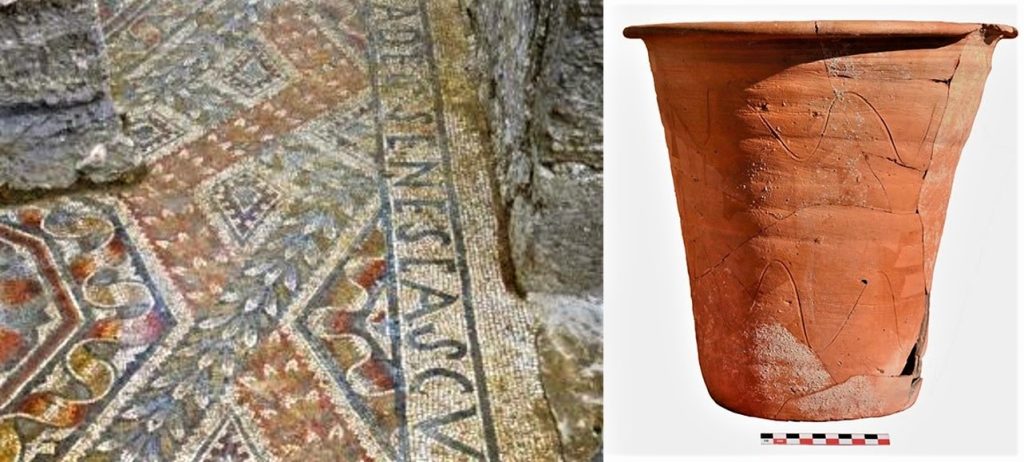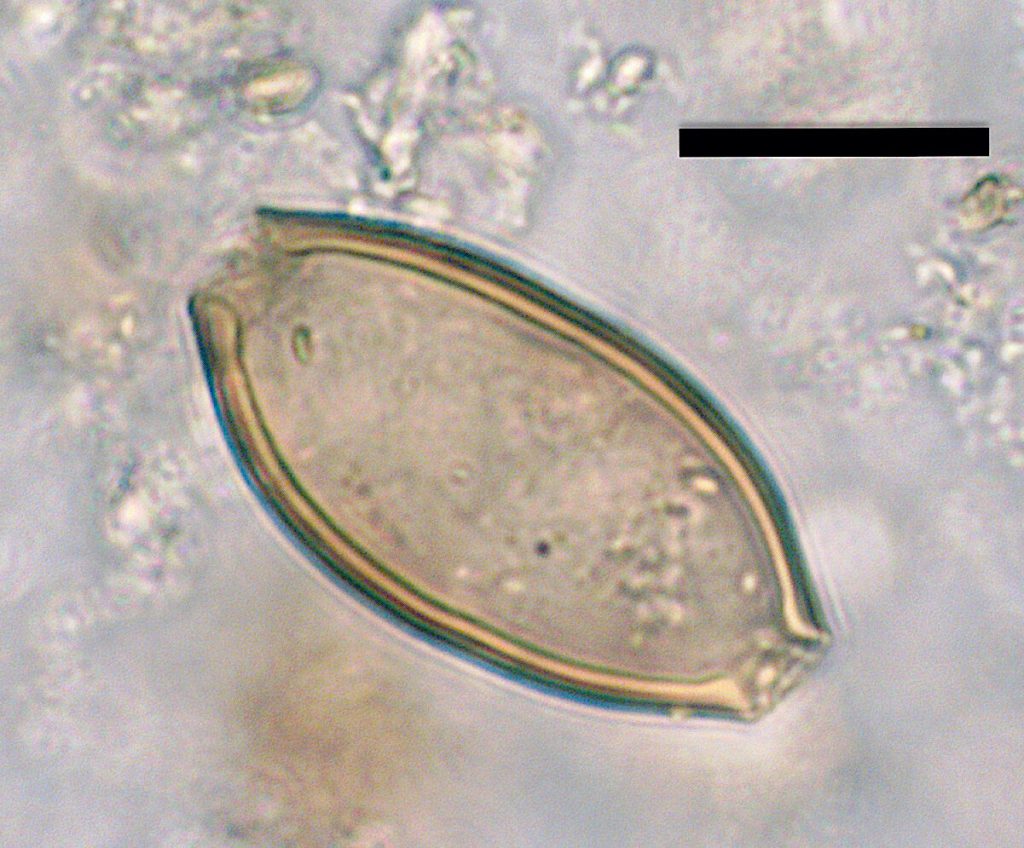A new technique allowed researchers to identify intestinal parasitic worms
Romans were famous for their latrines and sewage systems but now researchers have unveiled a new technique to evaluate some of their ancient vessels revealing they could have been used as chamber pots.
After thousands of years, there is no remaining trace of fecal or urinary matter in these pots, which have often been attributed as storage vessels. The new study, published in the Journal of Archaeological Science, describes, instead, the process of identifying intestinal parasitic worms trapped in layers of mineralization from years of use as a chamber pot.

“The discovery of many in or near public latrines had led to a suggestion that they might have been used as chamber pots, but until now proof has been lacking”, Roger Wilson, one of the study’s co-authors who directs the Centre for the Study of Ancient Sicily at the University of British Columbia explained. He also leads the Gerace archeological project, which is excavating the site of a Roman villa in the heart of the city.
Microscopy was used by a team from Cambridge University’s Ancient Parasites Laboratory to identify whipworm eggs found in mineralized residue inside a fifth-century C.E. Sicilian terra-cotta vase from the Gerace excavation site near Enna, revealing that it had once contained human feces.

“It was incredibly exciting to find the eggs of these parasitic worms 1,500 years after they’d been deposited”, said co-author Tianyi Wang, a research associate at the University of Cambridge, who participated in the microscopy work.
Chamber pots were fairly widespread in the Roman world, but they were also the most difficult sort of ceramic material to identify prior to this technique.
However, the presence of this parasite, which lives in the human stomach lining and would have been expelled in feces, indicates that the vessel was a chamber pot, but it might also have been used inside a close stool.
The vessel has been retrieved in the private thermal bath of a country villa after a flood. The most ancient part of the house dates back to 325-350 and the estate spreads over 3,5 hectares.
Probably after the earthquake of 361 occurred some collapses and it was decided to rebuild a larger villa, 9 years later, in 370, but probably the work was not completed and the building was destroyed by fire in the next century. Not far from there stood the bath whose walls and floors were covered with precious marbles, exquisite mosaics and where the chamber pot was found.
Museums and other institutions can now use this technique to evaluate their artifacts for proper attribution as chamber pots. It can only recognize a chamber pot used by someone with whipworm, but because such parasites are widespread in regions where drugs are scarce and sanitation is poor, it’s likely that a large proportion of ancient Romans were infected.
“Where Roman pots in museums are noted to have these mineralized concretions inside the base, they can now be sampled using our technique to see if they were also used as chamber pots”, co-author Piers Mitchell, a parasites expert who led the lab work said.
The identification of intestinal parasite eggs in chamber pots has the potential to advance our understanding of the sanitation, diet, and intestinal health of people in the past.
Source hyperallergic.com

